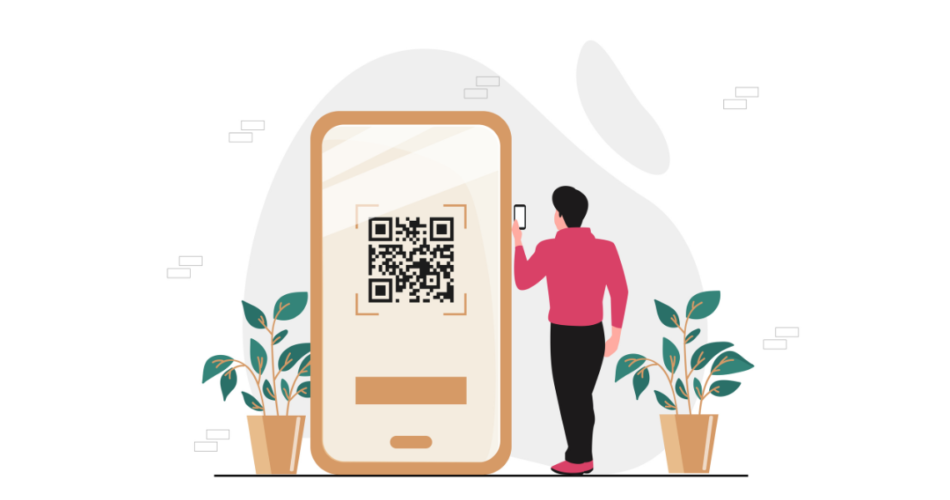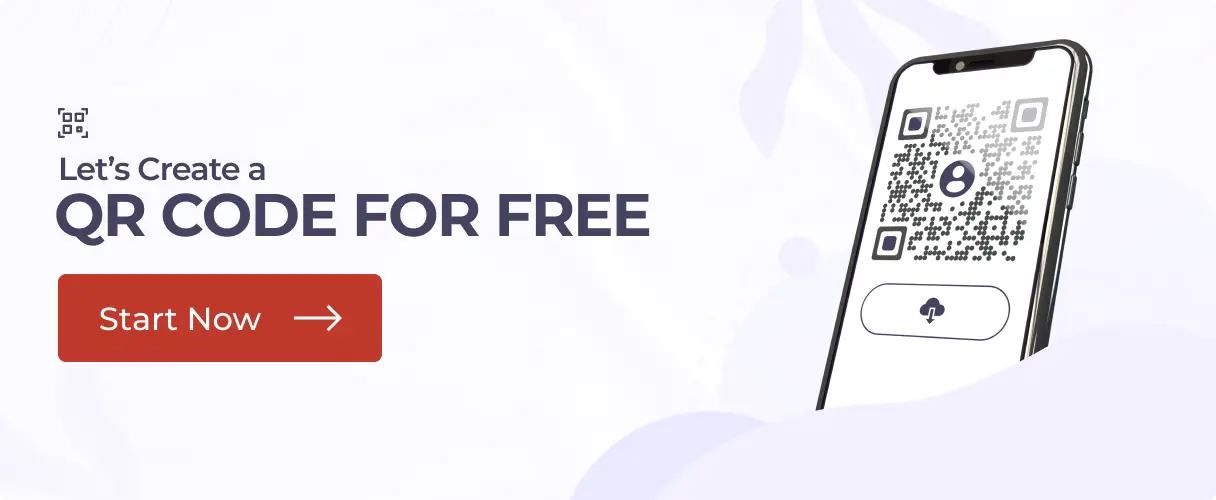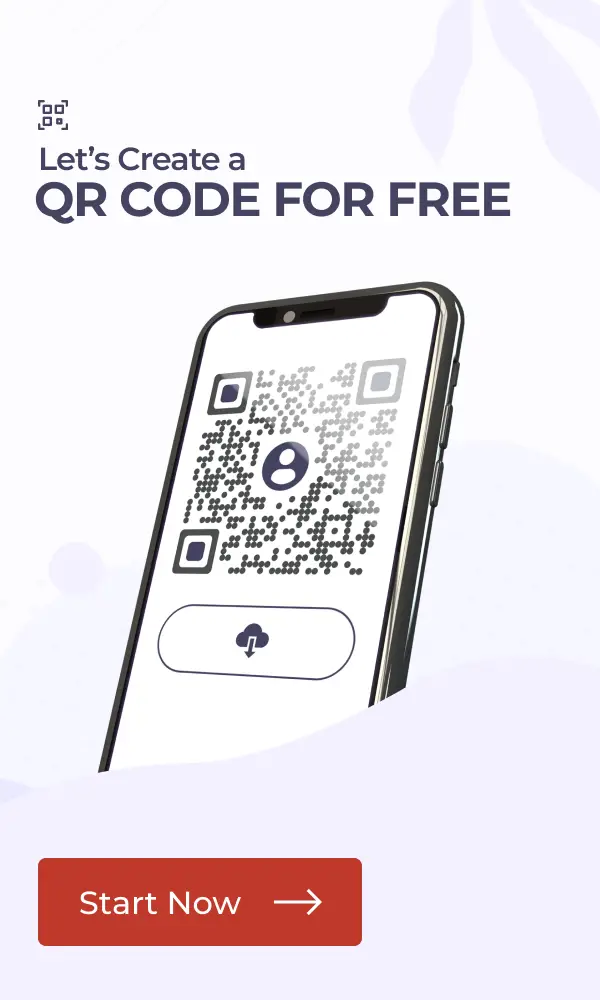In a nutshell: Learn how to make a scan code, also known as a QR Code, with this simple, step-by-step guide. Discover how to create a QR Code for links, contact info, Wi-Fi access, and more. This guide covers the best QR Code generators, customization tips, and answers to common questions.
What if your business card or, your flyer, or even your storefront could instantly connect you with customers?
Well, with a scan code, it becomes very easy to do so, and no tech skills are required to do it.
Scan codes or QR Codes can help you boost traffic, engagement, and sales effortlessly. And the best part? You can create one in minutes.
In this article, we will learn what scan codes are, how to make a scan code, and how they work. You’ll also discover customization tricks that boost scans by 47%.
Let’s see how you can create professional scan codes that drive results.
A. What is a scan code, and how does it work?
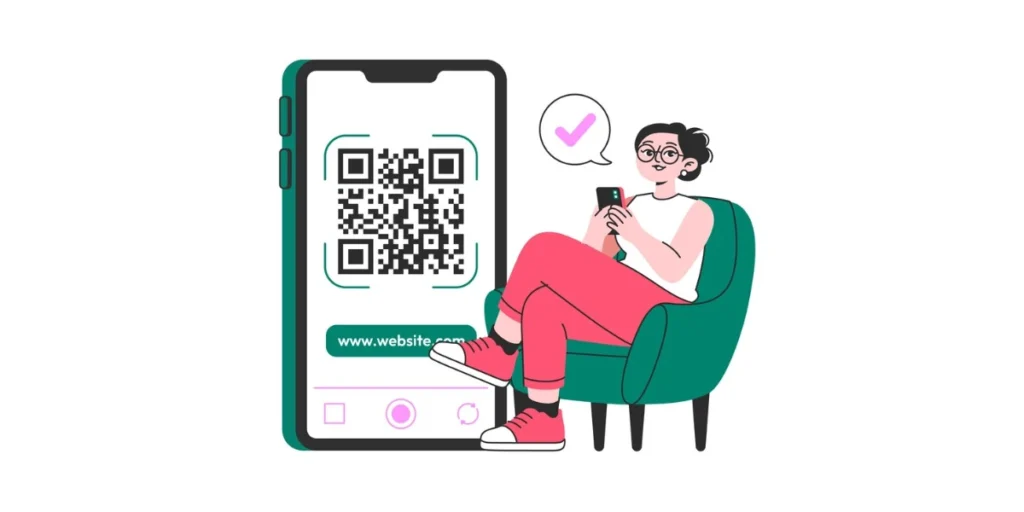
A scan code is a square-shaped barcode you scan with your phone. Most people call them QR Codes. QR stands for “Quick Response.
These scan codes can store all sorts of information. When you scan a code, it takes you to a website. Or it adds contact info to your phone. Or it connects you to WiFi.
The possibilities are endless. Below are the most common QR Code data types:
1. Website URL Scan Code: This is one of the most common uses of scan codes. Scanning a website scan code can take you straight to a website, product page, or online form.
2. Scan Code for Contact Information: A scan code for contact info adds someone’s contact details to your phone without you needing to type anything.
3. Text Scan Code: Some scan codes contain a pre-written message that you can send with just a tap.
4. Social Media Scan Code: Social media scan codes redirect to a landing page with all your social media profiles. Your audience can follow you on their favorite social media platform with just a single click.
5. Wi-Fi Scan Code: Through this scan code, you can connect to a wifi network instantly without needing to manually type the password.
6. Location Scan Code: When you scan a location scan code, your phone’s maps open a specific address or location.
7. Event Scan Codes: These scan codes help you get even details quickly. In some cases, even scan codes also offer a streamlined and secure check-in alternative to physical passes.
8. Coupon Scan Code: With these scan codes, you can access discount coupons right from your phone with just a scan.
These are just a few of the most popular use cases of scan codes. But, that’s not it, you can do a whole lot more with them!
One of the main benefits of why scan codes are more popular as compared to regular barcodes is that they store much more information.
And you don’t need to scan them in one particular way (like in the case of barcodes, since they’re read unidirectionally); any angle will work. That makes them really easy to use.
You’ll find scan codes everywhere now: in marketing, in ads, at events, in educational settings, and even in inventory tracking.
They work with most digital devices, which is why so many businesses and creators love using them.
Now that you know what a scan code is, let’s see how to create a scan code. Keep reading!
B. How to make a scan code step by step?
To create a QR Code, you’ll first need an online scan code generator that supports your intended use case.
I get that finding the right one for your needs can be tricky and time-consuming, but don’t worry. I’ve got you covered.
Here’s an awesome, in-depth guide comparing several scan code generators. This will help you pick one swiftly.
1. Create the scan code
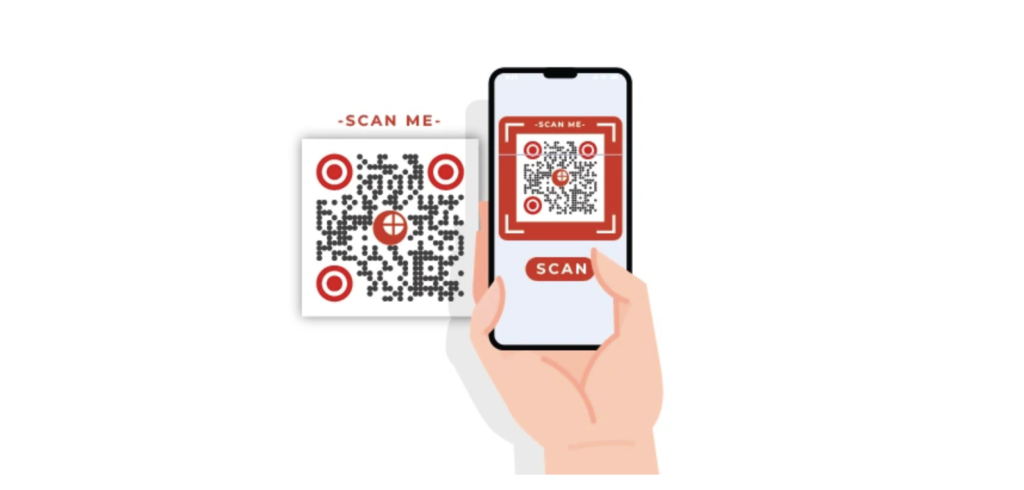
Now, for this guide, we’ll be using Scanova’s scan code generator to create scan codes. Just follow the steps mentioned below:
1. Go to Scanova’s Scan Code Generator, look for the Create QR Code button, and click on it.
2. Depending upon your intended use case and what information you want to encode in the scan code, you can select your preferred QR Code category from the available options.
3. Now, enter the data into the input field provided by the scan code generator. Once you’re done, click Continue.
Note: Depending on the data type you choose, you need to input a website URL, a text message, contact details, or other relevant information.
4. On the next page, you’ll be asked to give a name to your scan code. Also, note that it could be a dynamic scan code, which allows you to edit its content at any time, or a static one, which, in contrast, cannot be modified once created. After specifying the details, click on Create QR Code.
5. Once done, you’ll find the scan code (QR Code) details. Your scan code is ready to use. You can download your QR Code image here, or you can use the Edit Design option to customize the look and appearance of your scan code.
Scanova also offers additional customization options, such as color schemes, logo integration, and more.
Pro Tip: A nicely designed scan code receives more attention and is scanned more often than a simple black-and-white one.
This next section is about how you can design your scan codes; if you want a simple black-and-white one, you can skip ahead to the steps.
Keep in mind that Scanova needs you to register for a free trial to access the advanced customization tools. See pricing information here.
2. Include a logo for improved branding
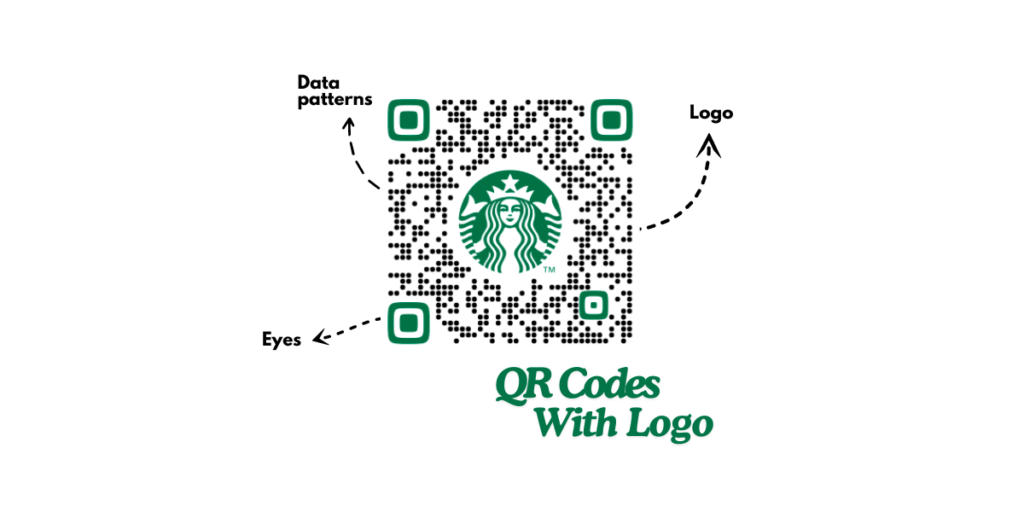
A custom logo makes your scan code easy to remember and enhances branding.
With the “Custom Logo Design” feature, you can upload a PNG, JPG, or JPEG image of your event or business logo.
Even if you don’t want a logo and text is more your style, you can design a text logo directly in the editor.
You can resize it, include an outline for visibility, or even delete some data modules for a one-of-a-kind design. A branded scan code builds trust and makes it appear more professional.
3. Match the colors and patterns with your theme
What’s better is that your scan code doesn’t have to look odd in your design. You can match it with your themes by tweaking its colors and patterns.
The “Continue Editing” option allows you to modify the colors of the scan code’s “Eyes” and data modules. (You can also add gradients for a touch of sophistication)
For an even more tailored appearance, use the “Eyes” tab to adjust the scan code’s patterns. These aesthetics make your scan code flawlessly fit into marketing materials, packaging, or signage.
4. Add frames and try different shapes
Your scan codes don’t have to be plain squares. You can change their shape to get them noticed.
To do that, go to the “Frames” option, and click on the “Suggested” or “All” tabs to view various shapes and borders.
Rounded corners, innovative borders, and personalized shapes can give your scan code a more appealing look.
After your customization, the final step is downloading a high-res version of your scan code.
5. Export the scan code
Once the customization is complete, you can preview the QR Code to see if everything’s right. If satisfactory, proceed to download it by clicking on Download.
Note: Clicking on the download option will open a signup window. You can create an account and initiate a 14-day free trial. Don’t worry; your card details are not required.
After signing up, you can download the scan code by tapping on it. Once you click the download icon, a window will appear, allowing you to choose the image format and size. Once selected, click Export to finalize the process.
Your scan code is now ready to take your marketing to greater heights!

Now that you know “How to make a scan code?” let’s see why you should not miss out on scan codes.
C. Why should you use scan codes for your business?
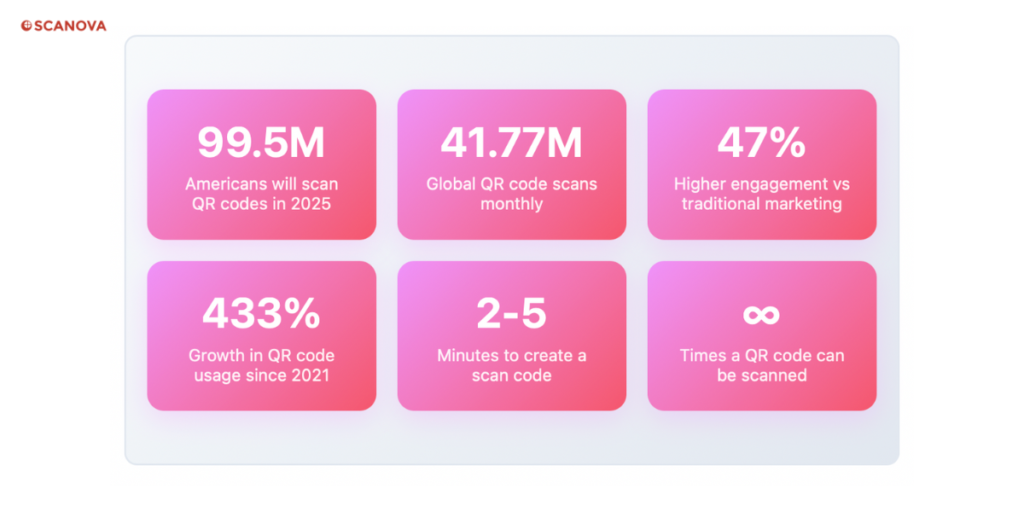
Scan codes offer more than just convenience. Scan codes deliver real business results. Here’s why smart companies use scan codes:
1. Offer convenience
With scan codes, you can share all sorts of information with just a quick scan.
Whether it’s your contact details, links to your social media profiles, or even your medical history, scan codes make sharing everything easy.
There is no longer a need to type out lengthy URLs or write down multiple phone numbers manually.
Everything you want to share is just a scan away. They’re fast, easy, and stress-free.
2. Make you stand out
Scan codes add a very modern and personal touch to almost anything.
Let’s say you attach one to your resume. This will definitely impress your employer because that way, they can access anything they need to know about you just by scanning the little checkered square on your resume.
Or let’s say you engrave it onto a piece of jewelry as a personal gift or add it to an invitation that’ll add a little tech twist to your fun surprise.
These little codes show great creativity and thought, making them truly unforgettable.
3. Offer flexibility
The possibilities with scan codes are endless! You can use them for almost anything, like promoting yourself, sharing your work, or keeping your pets safe. They are suitable for:
- Marketing your skills or business.
- Connecting you and your audience with people across different platforms, like social media and websites.
- Sharing important details, such as event info or emergency contacts.
No matter the purpose, there’s always a scan code solution for it.
4. Improve engagement
Scan codes aren’t just practical; they’re fun as well! They create an interactive experience that grabs attention.
People enjoy scanning them to discover what’s behind the code. Whether it’s a hidden message, a video, or a surprise link, these scan codes keep things exciting and memorable.
5. Eco-friendly solution
Consider how many pieces of paper we waste on business cards, flyers, and invitations. Scan Codes are the greener alternative.
Digitization means no more paper. And while being modern and efficient, you’re also helping Mother Earth by eliminating the need for paper. It’s just a little step for you, but a big hop for nature!
E. What are the most popular uses for scan codes in 2025?
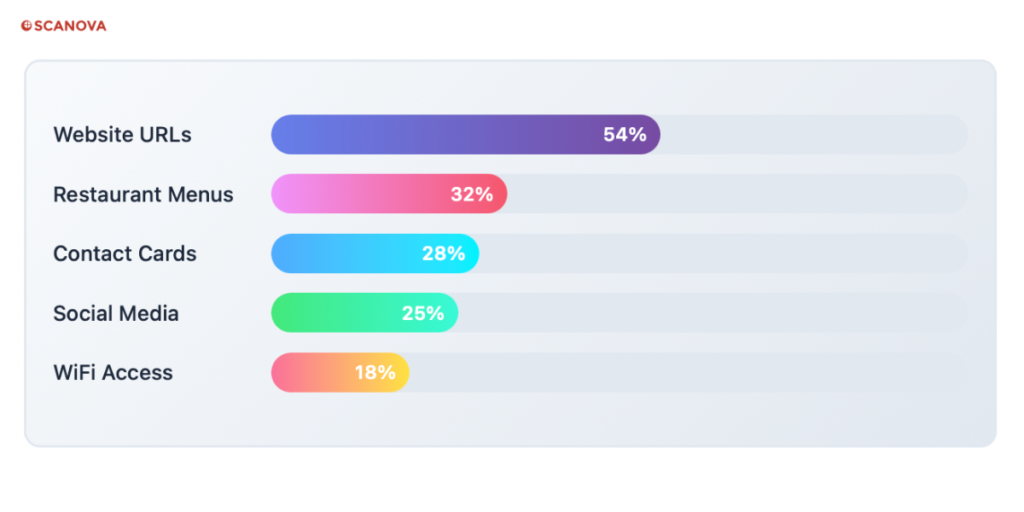
The versatility of scan codes has boosted their adoption rate across various industries and use cases.
Let’s take a look at some of the use cases:
1. Restaurant QR Code
54% of restaurants use QR Code menus. Customers scan these codes to see food options. No physical menus needed. Plus, easy updates for prices and specials.
2. Marketing and advertising
Scan codes have become quite a common site in marketing campaigns. They enable businesses to provide quick access to product information, or promotional offers, and interactive experiences.
By adding these scan codes on advertisements, posters, or product packaging, marketers can bridge the gap between offline and online channels. This in turn enhances customer engagement and drives conversions.
3. Contactless transactions
After the COVID-19 pandemic, scan codes have gained much traction as a contactless payment solution.
Services like mobile wallets and digital payment platforms now use scan codes to offer secure and convenient transactions. This eliminates the need for physical cash or card swiping.
4. Event management
Scan codes simplify event management processes a lot. They enable organizers to create QR-coded tickets, badges, or invitations.
Attendees can swiftly check-in, access event agendas, or participate in interactive sessions all by scanning a simple scan code.
5. Education and training
In educational settings, scan codes serve as a valuable tool for sharing resources, interactive quizzes, or multimedia content.
Teachers and trainers can add these scan codes in textbooks, presentations, or learning materials. This creates an interactive learning experience and fosters active engagement among students.
6. Inventory management and asset tracking
Businesses use scan codes for efficient inventory management and asset tracking. Scan code helps industries to streamline their inventory and asset management systems.
Big companies like Amazon, Puma, Flipkart, etc, all use these scan codes for inventory management and asset tracking.
By adding QR-coded labels to products, pieces of equipment, or inventory items, organizations can streamline inventory processes.
These scan codes make it very easy to monitor stock levels and track the movement of assets across various locations.
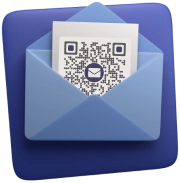

F. How to make your scan codes get more scans?
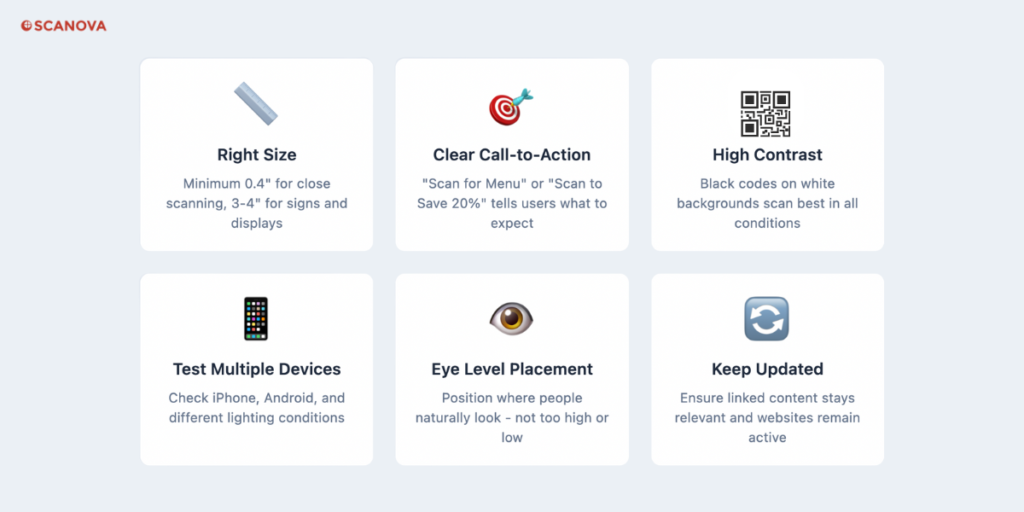
To maximize the use of scan codes, you must make sure they are scannable, they offer value, and they work flawlessly.
Follow these :
1. Design for easy scanning
Make sure that your scan code is big enough to be scanned easily from a distance. A small (low-resolution) scan code may disappoint users and lower the engagement rate.
Also, don’t put scan codes on extremely reflective surfaces or highly textured backgrounds. A clear and high-contrast background makes scanning easy and accurate.
2. Offer clear context (CTA)
A scan code by itself won’t attract much attention because it requires context.
Not everyone is familiar with scan codes, so it becomes very important to provide a brief description or a call to action (CTA) so that the users understand what they’re about to see or, in some cases, what to do with the scan code when they see one.
Here are a few examples of what the CTA should say:
- “Scan to see the menu” for restaurant tables
- “Scan to save 10%” for product packaging
- “Scan to RSVP for the event” for event flyers
An appropriately placed CTA will instruct users to scan rather than simply ignore the code.
3. Test on different devices and scanning apps
All scanners for scan codes are not alike. Some smartphones have built-in scanners (like most smartphones today), but other devices need a third-party application (like Google Lens)
Before deploying your scan code for the masses to see, make sure you test it on different operating systems (iOS and Android), various scanning apps, and even in different lighting conditions.
This ensures a smooth user experience for everyone and helps you avoid any unwanted surprises in the future.
4. Keep the content up to date
If your scan code links to a website, document, or special offer, make sure the content stays relevant.
If it links to your contact details or event updates, it becomes more important to keep the content updated.
Expired information or dead links may upset users and affect your brand image. Check your scan codes regularly and keep them up to date.
5. Optimize for placement
The position in which you put your scan code counts. If you’ve placed it on a bus stop or a billboard, see that it is big enough in size for scanning at an acceptable distance away.
If you’ve placed it on a packet, put it in a clean, level region for easy scanning. Don’t put it on curved surfaces where it might go unnoticed.
For screens, don’t put scan codes near the borders where users may have trouble scanning them.
6. Monitor and measure performance
If you are using scan codes for business or marketing, measuring their performance can provide you with useful insights.
Most scan code generators (including Scanova) provide analytics that displays scan rates, geolocations, and user interactions.
Use these to optimize your strategy and make better future campaigns.
G. Why choose Scanova to make scan codes?
1. Ease of use
With Scanova, you can create scan codes in minutes. Its intuitive interface allows you to generate scan codes for 15+ categories.
2. Customization options
Scanova offers a wide range of customization features. From adding logos to choosing unique shapes, it ensures your scan code is awesome.
Scanova is a perfect QR Code generator for Dynamic QR Codes. The best part of Scanova is their useful options to generate dynamic QR Codes with brand identity including adding logo, color codes of the brand, etc. Also, they have easy-to-use templates for QR Codes for a quick implementation of any sort of needs.
Muthaian Prakash K, Director, Olam Information Services Pvt. Ltd.
3. Reliability
Scanova ensures that the scan codes you create are of high quality and work seamlessly on all devices.
4. Analytics
Scanova offers you awesome analytics. You can track when, where, and how many times your scan code was interacted with.
This way you can make data-driven decisions on your future strategies.
We love that Scanova provides us with demographics/location information when we use their QR Codes in a magazine ad. This allows us to gauge interest in multiple distribution areas. Scanova allows us to access data that we can directly correlate with other analytics we have, to help deliver customers with a more accurate ROl on the service.
Marie Zecca, Advisory Board Chair, Colorado Women’s Lacrosse Officials Association (CWLOA)
5. Free option
If you’re looking for a scan code generator that offers a free service as well, Scanova’s free tool allows you to create basic scan codes with no expiration, that too 100% free.
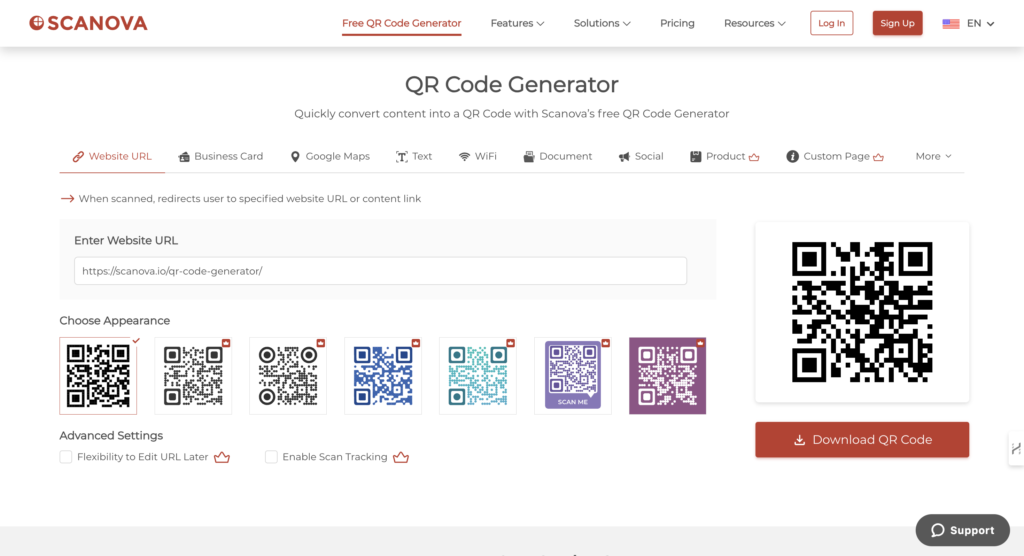
6. Security
Scanova ensures that the data associated with your scan codes remain safe. Your data is safe as it abides by international data privacy and security standards like GDPR, SOC2, and ISO 27001:2022.

H. FAQs: How to make a scan code?
1. How to make a scan code for free?
You can make a scan code completely free using Scanova or Canva. These QR Code generators create codes that never expire. Just enter your content and download.
2. What’s the best QR Code generator?
Scanova is the best scan code generator for businesses. It offers analytics and customization. For personal use, QRCode Monkey works great and stays free forever.
3. How long does It take to create a scan code?
Making a scan code takes 2-5 minutes. With Scanova, basic codes take 2 minutes. Custom-designed codes with logos can take 5-10 minutes maximum.
4. Can you make a scan code without signing up?
Yes. Scanova and Adobe Express let you create scan codes without accounts. Just visit their sites and start making code immediately.
5. What size should a scan code be?
Scan codes should be at least 0.4 x 0.4 inches for close scanning. For signs and posters, make them 3-4 inches minimum. Bigger is always better for scan codes.
6. Do scan codes expire?
Static scan codes never expire. They work forever once created. Dynamic scan codes might expire based on your QR Code generator’s terms.
7. How many times can a scan code be used?
Scan codes can be scanned unlimited times. There’s no usage limit. One scan code can serve millions of people.
8. Can you track scan code analytics?
Yes, with dynamic QR Code generators like Scanova. You can see scan counts, locations, devices, and scan times. Static codes don’t provide analytics.
9. Can I make a scan code for a PDF?
Yes, just go to Scanova’s document QR Code creation page, upload your PDF, and click on create QR Code to create a scan code that links to your PDF.
10. How do I make a scan code for my business card?
Yes, just go to Scanova’s business card QR Code creation page, enter your details, and click on create QR Code to create a scan code that contains all your contact details.
Print this code on your business card so others can scan and save your details easily.
11. How do I make a scan code for a link?
Go to Scanova > Click on Create Free QR Code > Enter the URL into the QR Code generator, and download the scan code image. When scanned, it will direct users to the specified link.
Want to generate scan codes quickly? Get started for free with Scanova’s Scan Code Generator today!
